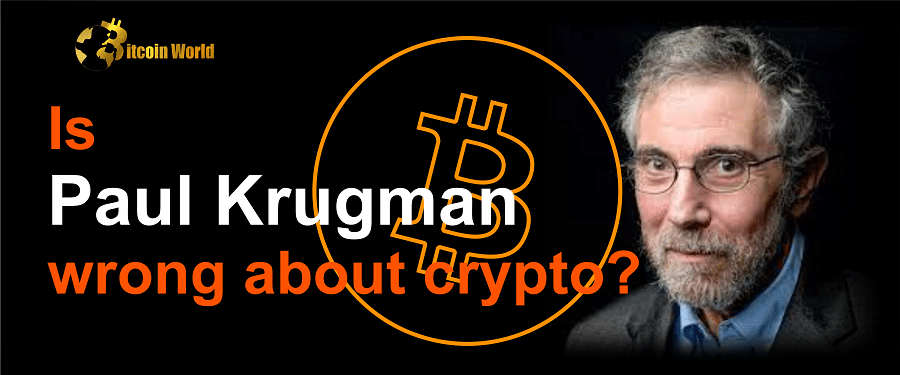Although cryptocurrency has evolved over the last decade, Krugman remains fixated on Bitcoin’s 2008 white paper.
As crypto markets were reeling in the aftermath of FTX’s collapse in mid-November, Nobel Prize-winning economist Paul Krugman used his New York Times column to disparage crypto assets once more. Despite his impeccable academic credentials, Krugman perpetuated a common misconception in his attempt to comprehend crypto assets by conflating Bitcoin with other cryptocurrencies.
Despite being the oldest, most valuable, and best-known member of this new class of digital assets, Bitcoin has a distinct use case that sets it apart from the rest. As a result, choosing an asset with more tangible utility as your starting point would make more sense in order to understand this asset class as a whole. Filecoin, for example, acts as a decentralized storage service for digital files, similar to Google Drive or Dropbox. This network enables users with excess storage capacity to rent it out to other users for a fee. This fee is paid with Filecoin, the network’s native token. This example is far more representative of most crypto assets: a network that offers financial incentives for services in a decentralized manner, with increased efficiency and lower costs due to the absence of intermediaries and central counterparties. However, Bitcoin is an exception.
But exactly what is Bitcoin? This appears to be another gap in Paul Krugman’s understanding. Bitcoin’s technology has evolved over time, with updates and improvements to its functionalities, as well as its most prominent investment thesis. According to his own column, Krugman sees Bitcoin (and, of course, other crypto assets) as a form of payment. That was, in fact, the stated purpose in the white paper that launched Bitcoin in 2008, and it remained so in the years following its publication.














